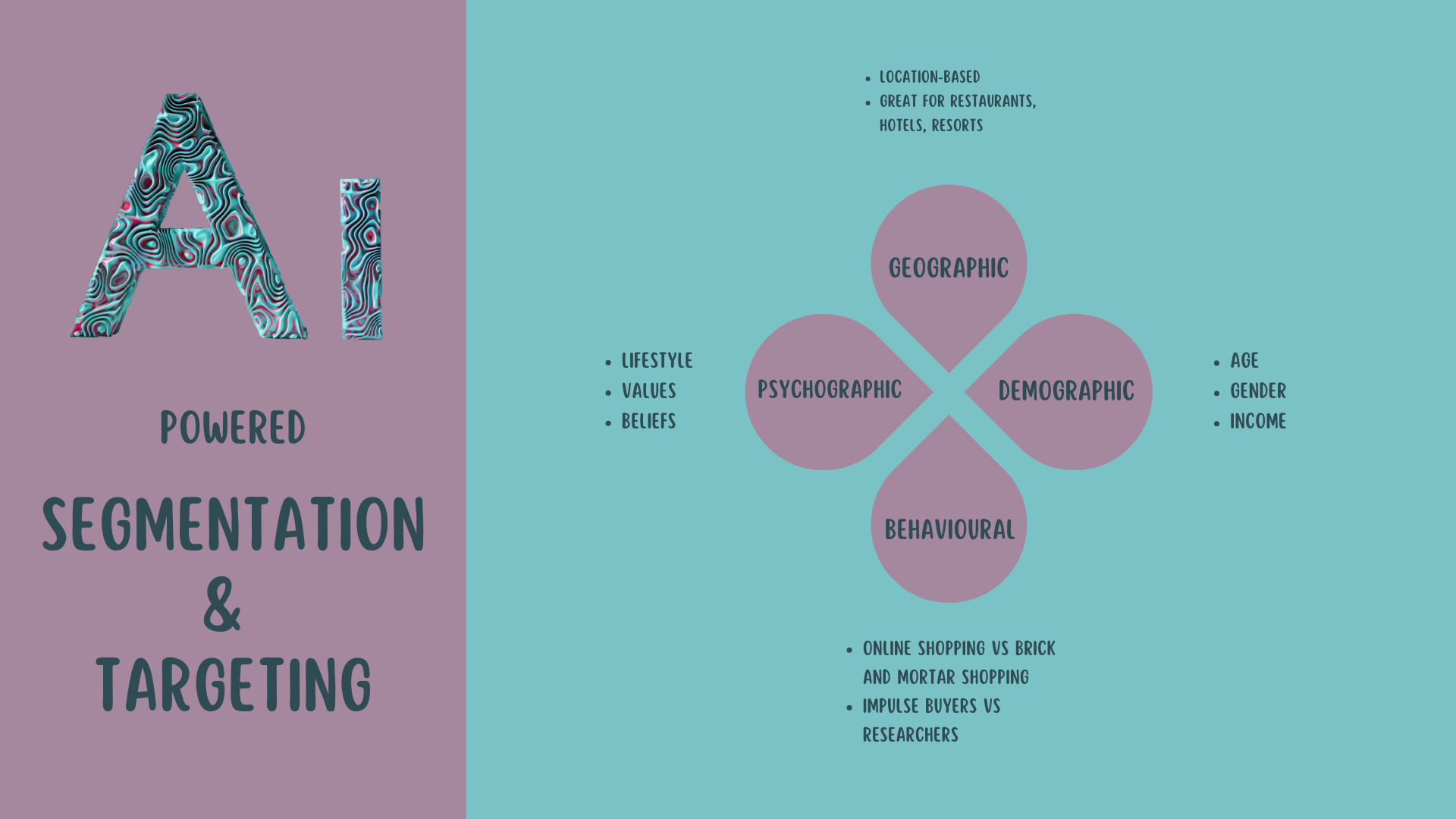Customer expectations have changed. They no longer respond to generic marketing messages or one-size-fits-all campaigns. Today, they expect personalized experiences, content, offers, and recommendations tailored to their unique needs.
For many small business owners and solopreneurs, achieving this level of personalization may seem out of reach without a dedicated marketing team. However, AI-powered customer segmentation is changing the game, making precision-targeting more accessible than ever.
In this article, we’ll explore:
What AI-powered segmentation is and how it differs from traditional methods
How AI analyzes data to group customers more effectively
Actionable ways small businesses can use AI for smarter marketing
What Is AI-Powered Customer Segmentation?
Traditional customer segmentation typically categorizes people into broad groups based on:
✔️ Age ✔️ Gender ✔️ Location ✔️ Income level
While these factors are useful, they don’t capture the why behind customer decisions. AI-driven segmentation goes deeper, analyzing:
🔹 Behavior: What a customer clicks on, watches, or buys
🔹 Preferences: Their favorite content, topics, or product categories
🔹 Spending Habits: Are they price-conscious or luxury buyers?
🔹 Engagement Levels: How frequently they interact with your brand
Rather than relying on assumptions, AI dynamically identifies patterns and adjusts segmentation in real time ensuring businesses send the right message to the right audience at the right time.
How AI Transforms Customer Segmentation
AI uses machine learning and data analytics to analyze customer actions, past behaviors, and engagement levels. This allows businesses to create hyper-specific segments based on real data.
Here’s how AI segmentation typically works:
1. Data Collection
AI gathers data from various customer touchpoints:
Website visits
Email interactions
Social media engagement
Purchase history
2. Pattern Recognition
AI identifies customer behaviors, such as:
✔️ Who frequently abandons carts? ✔️ Who only buys during promotions? ✔️ Who engages most with educational content?
3. Automated Segmentation
AI groups customers into meaningful segments based on their unique behaviors, instead of broad demographic categories.
For example:
- Loyal Customers: Frequent buyers who respond well to VIP discounts
- One-Time Shoppers: Customers who purchased once but never returned
- Cart Abandoners: Interested buyers who need a reminder or special incentive
4. Personalized Targeting
Each segment receives tailored content, product recommendations, and promotions leading to higher engagement, better conversion rates, and increased revenue.
How Small Businesses Can Use AI-Powered Segmentation
You don’t need a massive marketing budget to leverage AI for smarter segmentation. Here are some practical ways small business owners and solopreneurs can use AI today:
AI for Smarter Email Campaigns
Instead of sending the same newsletter to your entire list, AI helps you:
Target repeat customers with exclusive VIP offers
Send reminders to those who abandoned their cart
Segment by interest (e.g., fitness gear vs. wellness products)
🛠 Tools to explore: Mailchimp AI, ActiveCampaign, Klaviyo
AI-Powered Product Recommendations
Amazon does this exceptionally well in showing you products based on your past activity. Small businesses can now do the same.
Recommend related products based on customer preferences
Offer personalized bundles based on past purchases
Show limited-time upsell or cross-sell opportunities
Tools to explore: Shopify AI, ReConvert, Dynamic Yield
AI-Optimized Ad Targeting
AI ensures your ad budget is spent on the right people. Instead of broad targeting, AI refines your audience based on engagement patterns, purchase history, and likelihood to convert.
Show ads only to interested audiences
Adjust targeting dynamically as AI learns more about customer behavior
Retarget visitors who browsed your site but didn’t buy
Tools to explore: Google Smart Ads, Facebook AI Ads, Adzooma
AI Chatbots for Customer Segmentation & Engagement
AI chatbots do more than answer FAQs—they collect real-time customer data and segment leads automatically.
Engage visitors 24/7 and collect insights on their interests
Qualify leads and segment them into categories (e.g., hot vs. cold leads)
Send personalized follow-ups based on chatbot interactions
Tools to explore: Drift, Tidio, ManyChat
The Benefits of AI-Powered Customer Segmentation
More Engagement: Customers receive content that resonates with them
Higher Conversions: AI targets the right audience with personalized offers
Less Ad Waste: No more spending on broad, ineffective marketing
Better Customer Experience: People feel understood and valued
By leveraging AI-driven segmentation, small business owners can compete with bigger brands—without the need for massive marketing teams or budgets.
Final Thoughts: Stop Guessing, Start Targeting!
AI-powered customer segmentation is not just a trend. It’s the future of marketing. The businesses that embrace AI for targeting will outperform those still relying on traditional methods.
🔹 If you’re still sending generic messages to all your customers, it’s time to upgrade.
🔹 If you’re overwhelmed by AI, start small, test AI-powered email segmentation or chatbot engagement.
🔹 If you want to scale without hiring a big team, AI is your solution.
